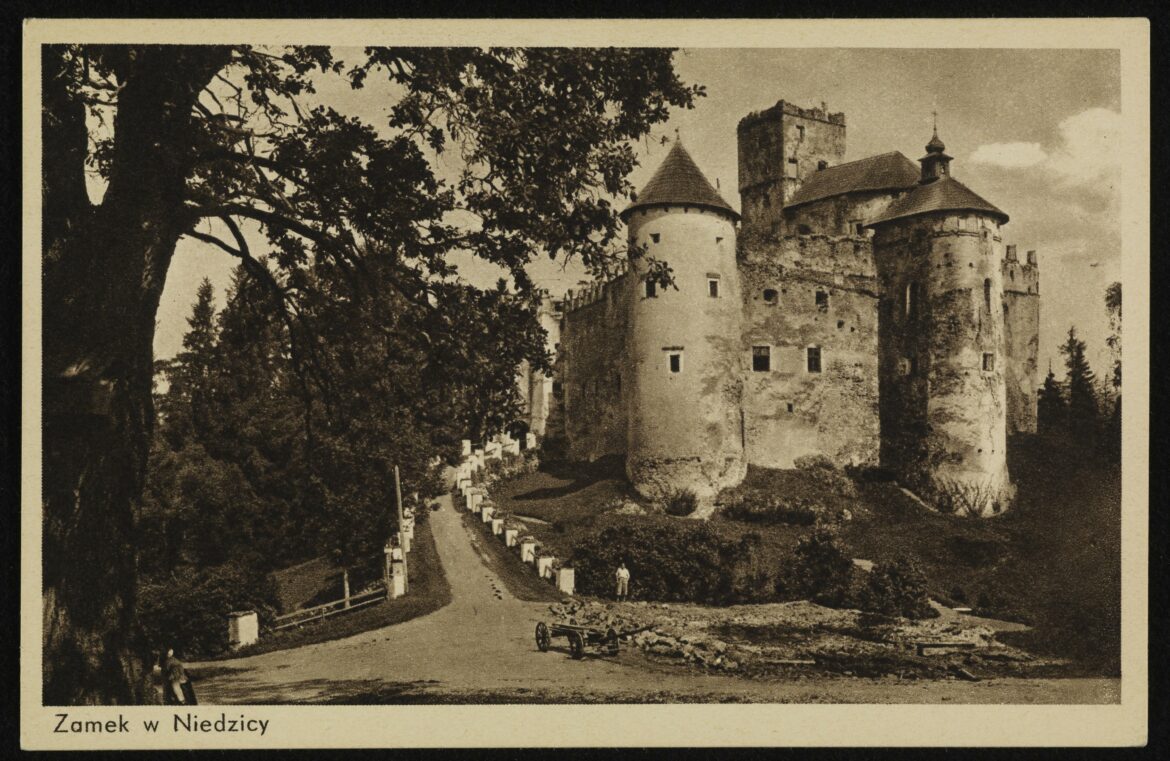The holiday season coming to an end is the time to spin stories about hidden jewels and treasure hunts in old castles. One of the strongholds in which valuable artifacts are said to have been hidden is the castle in Niedzica.
The legend of the treasure is linked to the story of Sebastian de Berzevicsy. He was an 18th-century traveller, a descendant of the owners of the castle, which at the time lay on the border between the Polish Kingdom and the Austrian Empire. Travelling the world, Berzevicsy reached the Spanish colonies in South America. There he married an Incan aristocrat named Barbola Atahualpa Inca Ulloa. From this relationship a daughter Umina was born. According to legend, she married a relative of the leader of the anti-Spanish uprising, Tupac Amaru II, who, after suppressing the rebellion, brought the wrath of the colonisers upon the family. Berzevicsy therefore had to flee with his family and chose Venice as a place of refuge. Unfortunately, his son-in-law was stabbed there, which prompted Sebastian to change his place of residence. He chose the castle in Niedzica on the Dunajec River. There again, his family was unlucky, as masked assailants, having sneaked into the castle, also killed Sebastian’s daughter, and he, in despair, buried her along with the legendary Inca treasure. After this tragedy, he secretly sent his grandson Antoni to a cousin living in Moravia for adoption, in order to protect him from Spanish spies.
During Communist Poland, Deputy Speaker of the Sejm Andrzej Benesz revealed himself as a descendant of Antoni and began a search for the treasure. He supposedly discovered two copies of the young Incan’s adoption deed, one written on paper and the other in Incan kipu (knotted writing), found under the stairs in Niedzica Castle. Benesz died in a car accident the day before he was due to reveal the Inca secret to his only son….
Berzevicsy’s age is in doubt. He was supposed to have made a name for himself fighting in an indigenous uprising in Peru, although he had already reached the age of 82 by then. His date of birth as 1698 is generally accepted but another version states that he was born in 1738. The authenticity of the documents has also been questioned. Antoni’s adoption certificate was written in Polish not contemporary to the period of Berzevicsy’s life. The kipu, on the other hand, was found with clues written on paper, which calls into question the reliability of this finding. Also, disappearance of the kipu, which was supposed to have been handed over by Benesz to an unspecified Inca delegation, from which trace has disappeared, was strange. But perhaps the treasure exists and is still out there waiting to be discovered?





